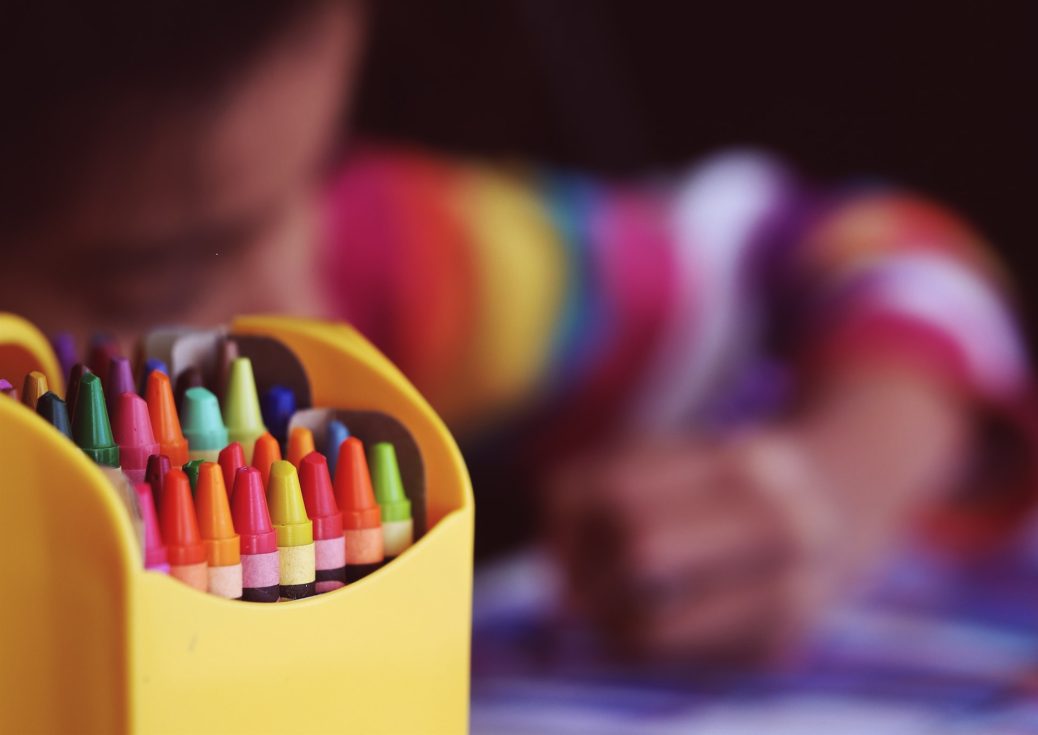Discover the causes, effects, and signs of newborn sensory overload: understanding and managing the overstimulation of your baby. This comprehensive guide provides insights and practical techniques to create a soothing environment that promotes your newborn’s well-being and development.
Introduction
Newborn babies experience the world through their senses, but sometimes they can become overwhelmed by the sensory input around them, leading to overstimulation. Understanding and managing newborn sensory overload is crucial for their well-being and development. In this article, we will delve into sensory overload in newborns, exploring the signs, causes, and strategies to help parents and caregivers effectively manage and reduce overstimulation, creating a more comfortable environment for their little ones.
Recognizing Signs of Sensory Overload
Learn to identify the signs of sensory overload in your newborn, such as excessive crying, fussiness, irritability, avoiding eye contact, or turning away from stimuli. Understanding these signs will enable you to respond promptly and appropriately.
Understanding Causes of Sensory Overload
Newborns have developing nervous systems that are sensitive to stimuli. Common triggers for sensory overload include loud noises, bright lights, overcrowded environments, strong smells, rough textures, or prolonged stimulation. Understanding these triggers can help you minimize their impact on your baby.https://neovantage.net/dealing-with-newborn-baby-crying-best-12-tips-and-strategies/
Creating a Calm Environment
Designate a calm and quiet space for your baby to retreat to when they become overwhelmed. Dim the lights, reduce noise levels, and create a soothing atmosphere. Use blackout curtains to regulate light and consider using white noise machines or soft music to create a peaceful ambiance.
Establishing a Routine
A consistent daily routine can provide predictability and stability for your baby. Establish regular feeding, sleeping, and playtime schedules, allowing for breaks in between to prevent sensory overload. Routines help babies feel secure and reduce the risk of overstimulation.
Gentle Handling and Touch
Handle your baby gently and provide soothing touch experiences. Soft strokes, gentle massages, and skin-to-skin contact can promote relaxation and help your baby feel secure. Be mindful of their reactions and adjust the intensity of touch accordingly.
Managing Noise Levels
Limit exposure to loud or sudden noises that can startle or overwhelm your baby. Use ear protection, such as noise-canceling headphones or soft earplugs, in noisy environments. Opt for soft, soothing sounds and gentle voices to create a calm auditory environment.https://neovantage.net/navigating-newborn-growth-spurts-what-to-expect-and-how-to-support-your-baby/
Controlling Visual Stimulation
Avoid overly bright or flashy visuals that can overwhelm your baby’s developing visual system. Opt for soft, muted colors and patterns in their immediate environment. Provide visual breaks by offering periods of gentle, focused engagement and allowing restful periods without excessive visual input.
Monitoring Stimulation Duration
Be mindful of the duration and intensity of stimulation your baby receives. Limit the length of playtime sessions and provide opportunities for rest and downtime. Observe your baby’s cues for when they need a break or become overstimulated.
Babywearing
Using a baby carrier or wrap can provide a comforting and secure environment for your baby. Being close to you while experiencing gentle movement can help regulate your sensory input and reduce the risk of sensory overload.
Responding to Your Baby’s Needs
Pay attention to your baby’s cues and respond promptly to their needs. If you notice signs of overstimulation, create a calm environment, provide comfort, and offer a safe space for them to relax and recover.
Conclusion
Understanding and managing sensory overload in newborns is vital for their well-being and development. By recognizing the signs, understanding the causes, and implementing strategies to minimize overstimulation, parents and caregivers can create a more comfortable and nurturing environment for their babies. Remember, every baby is unique, so it’s important to observe and respond to your baby’s individual needs. With patience, sensitivity, and a focus on creating a soothing environment, you can help your baby thrive while managing sensory overload effectively.https://neovantage.net/6-9-months-baby-development/
Outboundsources
There are numerous reputable websites and resources available that discuss newborn sensory overload and provide information on understanding and managing overstimulation in babies. Here are a few examples:
- HealthyChildren.org – The official website of the American Academy of Pediatrics provides articles and resources on various aspects of child health, including sensory overload in newborns. https://healthychildren.org/English/Pages/default.aspx
- KidsHealth.org – This website offers a range of information on child health and development, including articles on sensory overload and strategies for managing overstimulation in newborns. https://kidshealth.org/
- BabyCenter – A popular parenting website that covers a wide range of topics related to newborns and infants. It features articles and expert advice on newborn sensory overload and tips for managing overstimulation. https://www.babycenter.com/
- Verywell Family – A reliable source for parenting and child development information, Verywell Family provides articles and resources on understanding and addressing newborn sensory overload.https://www.babycenter.com/


